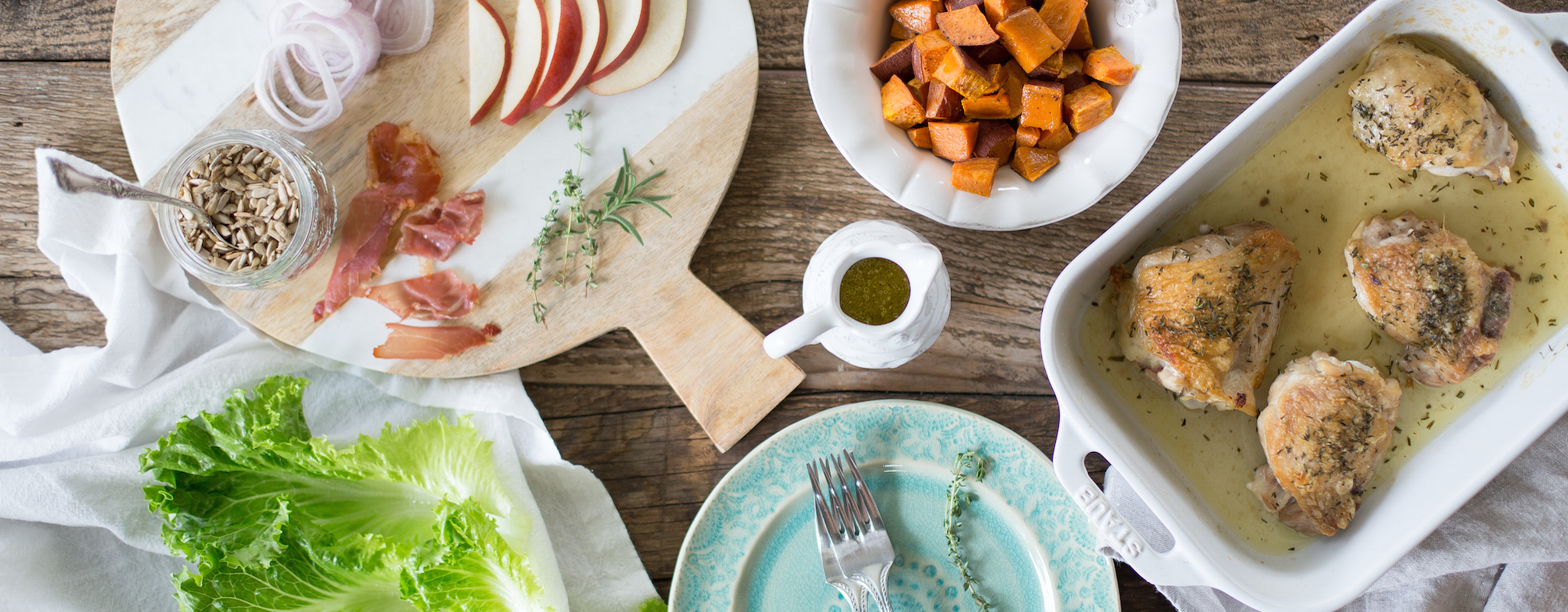WRITTEN BY: Caroline Potter
4/22/16
To me, the term “Paleo” is not a diet or a fad but rather a framework — a framework for building a healthy lifestyle centered around real food, food that is un-refined and un-processed, just as nature intended it to be. Eating real food doesn’t have to be complicated or flavorless, quite the opposite in fact!
The basis of the Paleo diet eliminates grains, gluten (even corn and oats), hydrogenated oils, refined animal dairy products, refined sugars, soy and preservatives. Now, that may sound like a lot of foods and you are probably wondering well what do I even eat then?! I prefer to focus on the foods I can eat and enjoy rather than those that I can’t and trust me, there are endless foods, flavors, textures and colors that you can eat!
Personally, I believe that everyone can benefit from the framework of the Paleo diet, but personalization is key. Some people will need more good quality sources of carbohydrates depending on their activity level and some people like me do really well incorporating high quality dairy items. Keep in mind that diet is a foundation but not everything when it comes to staying healthy with Type 1 diabetes and other lifestyle factors such as stress, sleep and emotions play a huge role in managing blood sugar.
Why the Paleo diet is good for blood sugar, specifically Type 1 Diabetes
- Paleo friendly foods are rich in nutrients, keeping you satisfied and your blood sugar stable. When we remove processed foods and refined carbohydrates we lower the amount of blood sugar ups and downs, which is a key to success when managing and thriving with Type 1.
- Paleo friendly foods tend to be lower in carbohydrates or at least refined carbohydrates and sugars. This does not mean that the Paleo diet is “low-carb” but rather promotes a balance between good quality fats, proteins and natural carbohydrates like sweet potatoes, squashes, roots, berries, nuts and seeds and mineral-rich sweeteners like raw honey.
- Paleo friendly foods are rich in fats and proteins which actually are your body’s and brain’s best source of fuel. These nutrients enter your blood stream slowly so you avoid a lot of highs and lows — your margin of error will be that much tighter and your blood sugar that much more stable! It may take your body up to a few months to transition to burning fats as fuel, so keep this in mind!











